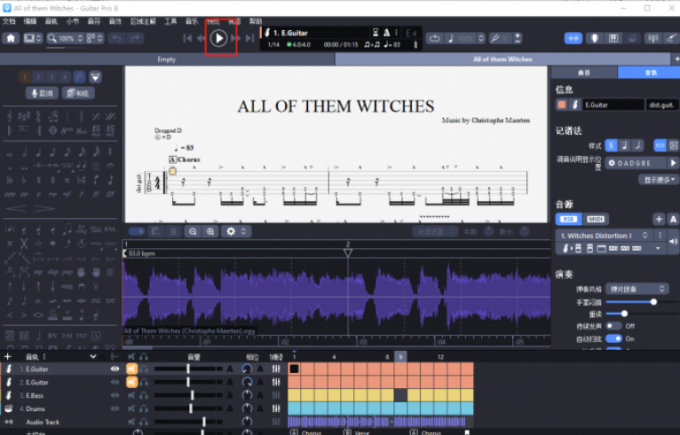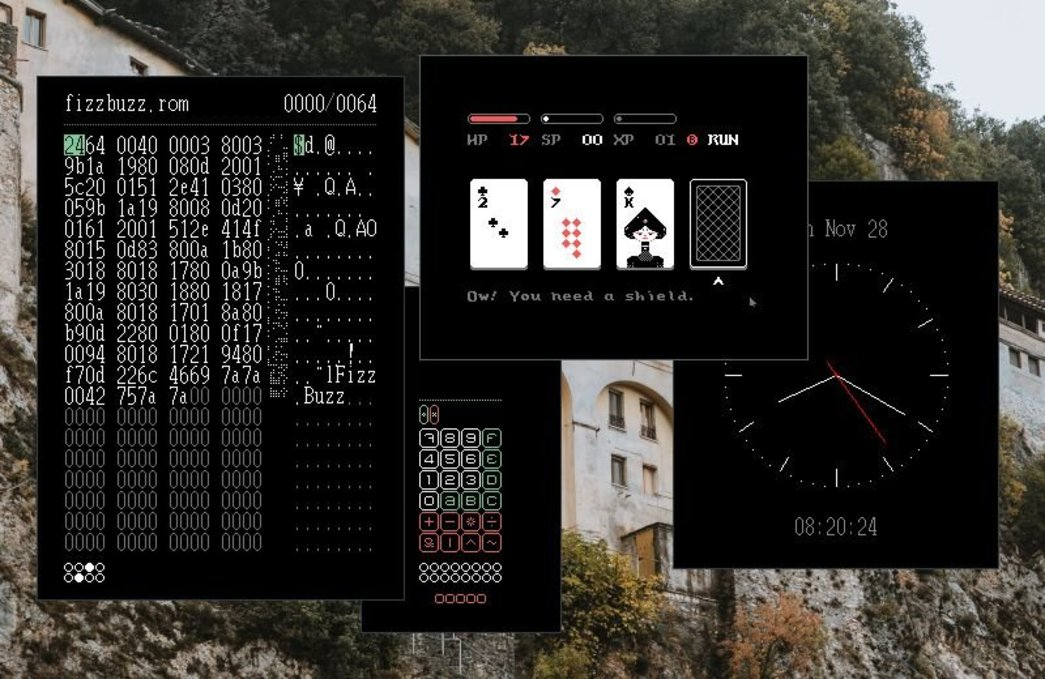目录
priority_queue的介绍
概念
特点
priority_queue的使用
基本操作
演示代码
编辑
priority_queue的模拟实现
仿函数
向上调整和向下调整
模拟实现的代码
priority_queue的介绍
概念
在C++标准库中,priority_queue是一个基于优先级堆的容器适配器。它的底层容器是vector,将其封装成堆来管理元素,确保元素按照特定的优先级顺序排列。

默认情况下,priority_queue是大堆,因为其的比较函数是std::less,如果想要建立小堆,则使用std::greater比较函数,这个比较函数其实是仿函数,接下来会提及。
特点
1.自动排序
元素根据优先级自动排序,最高优先级的元素总是在队列的前端。
2.只访问前端元素
只能访问队列的前端元素,即最高优先级的元素。
3.底层容器
使用vector作为底层容器来存储元素,但用户不能直接访问这个容器。
4.元素比较
priority_queue需要一个比较函数或函数对象来确定元素的优先级顺序,默认情况下使用std:less,即最大值优先。
priority_queue的使用
基本操作
empty():检查队列是否为空。size():返回队列中的元素数量。top():访问队列前端的元素(不删除)。pop():移除队列前端的元素。push():向队列添加新元素。
演示代码
int main()
{
std::priority_queue<int, vector<int>, less<int>> pq;
pq.push(2);
pq.push(1);
pq.push(4);
pq.push(5);
pq.push(3);
while (!pq.empty())
{
cout << pq.top() << " ";
pq.pop();
}
cout << endl;
return 0;
}priority_queue的模拟实现
仿函数
要想实现priority_queue,我们首先需要了解仿函数。
在 C++ 中,仿函数(Functor)是一种重载了函数调用操作符 operator() 的类或结构体。仿函数可以像函数一样被调用,但它们实际上是对象,因此可以拥有成员变和成员函数。
仿函数是函数对象(function object)的一种,它们通常用于需要函数指针或函数引用的地方,尤其是当需要传递具有特定行为的对象时。
仿函数的一些关键特性:
-
重载
仿函数必须重载函数调用操作符operator():operator(),使其能够像函数一样被调用。 -
状态存储:
仿函数可以拥有自己的数据成员,这些成员存储了仿函数的状态。 -
行为封装:
仿函数可以封装特定的行为,这些行为可以通过其operator()实现。 -
灵活性:
仿函数提供了比普通函数更多的灵活性,因为它们可以存储状态,并且可以被重载。 -
STL 兼容性:
仿函数与 STL 容器和算法兼容,可以作为算法的参数传递。
仿函数的简单示例
上面我们提到std::less就是一个仿函数,我们就来模拟实现下。
template<class T>
class Less
{
public:
bool operator()(const T& x, const T& y)
{
return x < y;
}
};向上调整和向下调整
我们知道priority_queue其实是堆,既然是堆那就需要实现向上调整和向下调整算法。
void AdjustDown(int parent)
{
int child = 2 * parent + 1;
while (child < _con.size())
{
if (child + 1 < _con.size() && _com(_con[child], _con[child + 1]))
{
child++;
}
if (_com(_con[parent], _con[child]))
{
swap(_con[parent], _con[child]);
parent = child;
child = 2 * parent + 1;
}
else
{
break;
}
}
}
void AdjustUp(int child)
{
int parent = (child - 1) / 2;
while (child > 0)
{
if (_com(_con[parent], _con[child]))
{
swap(_con[parent], _con[child]);
child = parent;
parent = (child - 1) / 2;
}
else
{
break;
}
}
}模拟实现的代码
template<class T>
class Less
{
public:
bool operator()(const T& x, const T& y)
{
return x < y;
}
};
template<class T, class Container = vector<T>, class Compare = Less<T>>
class priority_queue
{
public:
void AdjustDown(int parent)
{
int child = 2 * parent + 1;
while (child < _con.size())
{
if (child + 1 < _con.size() && _com(_con[child], _con[child + 1]))
{
child++;
}
if (_com(_con[parent], _con[child]))
{
swap(_con[parent], _con[child]);
parent = child;
child = 2 * parent + 1;
}
else
{
break;
}
}
}
void AdjustUp(int child)
{
int parent = (child - 1) / 2;
while (child > 0)
{
if (_com(_con[parent], _con[child]))
{
swap(_con[parent], _con[child]);
child = parent;
parent = (child - 1) / 2;
}
else
{
break;
}
}
}
void push(const T& x)
{
_con.push_back(x);
AdjustUp(_con.size() - 1);
}
//删除堆顶的元素
void pop()
{
swap(_con[0], _con[_con.size() - 1]);
_con.pop_back();
AdjustDown(0);
}
const T& top()
{
return _con[0];
}
bool empty() const
{
return _con.empty();
}
int size() const
{
return _con.size();
}
private:
Container _con;
Compare _com;
};拜拜,下期再见😏
摸鱼ing😴✨🎞









![24-10-13-读书笔记(二十五)-《一只特立独行的猪》([中] 王小波)用一生来学习艺术](https://i-blog.csdnimg.cn/direct/a5338b8f0d424e91a58a5ca841b71b64.jpeg)











![HTB:Legacy[WriteUP]](https://i-blog.csdnimg.cn/direct/4410649ee0ac4c6381f34266b2f3d1b9.png)